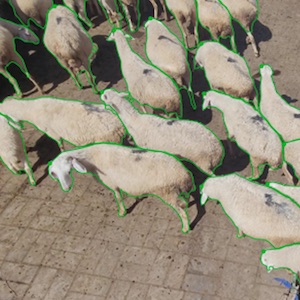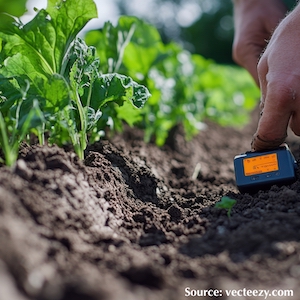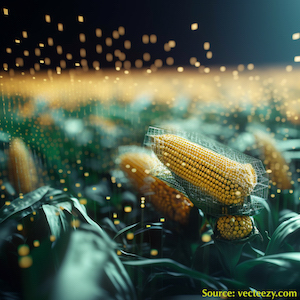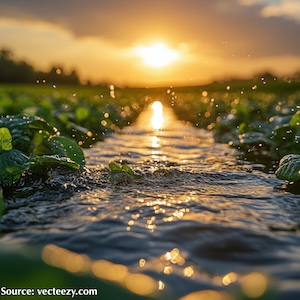Evaluation of energy savings in white winemaking: impact of temperature management combined with specific yeasts choice on required heat dissipation during industrial-scale fermentation
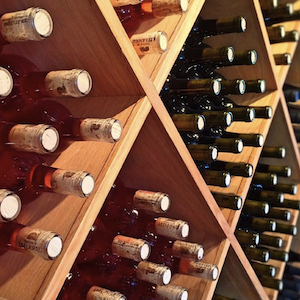
All claims expressed in this article are solely those of the authors and do not necessarily represent those of their affiliated organizations, or those of the publisher, the editors and the reviewers. Any product that may be evaluated in this article or claim that may be made by its manufacturer is not guaranteed or endorsed by the publisher.
Authors
Heat removal significantly impacts energy requests in the winery and is related to the temperature control of wine tanks during the fermentation and wine maturation phases. This work aimed to determine the heat required to be dissipated from wine tanks under different temperature programmes to evaluate the potential effects on energy saving during industrial-scale fermentations of Glera and Pinot Grigio wines. Comparative tests were carried out by using properly chosen yeast strains during fermentation at the usual winery temperature (15°C or 17-15°C) and 19°C and verifying the quality of the resulting wines regarding sensory, chemical, and aromatic features. Fermentation required, on average, 7.0 Wh dm-3 must be at 19°C, and 10.3 Wh dm-3 must be at 15/17-15°C, reducing energy use by ~32% at the higher temperature. The tested fermentation protocols, coupled with the use of some specifically selected yeast strains, have positive energy saving effects without compromising the resulting wine’s sensory, chemical, and aromatic profiles. This work suggests how wineries can adopt a more sustainable winemaking process with low energy consumption and consequently propose eco-labelling strategies and price-premium policies.
How to Cite

This work is licensed under a Creative Commons Attribution-NonCommercial 4.0 International License.







